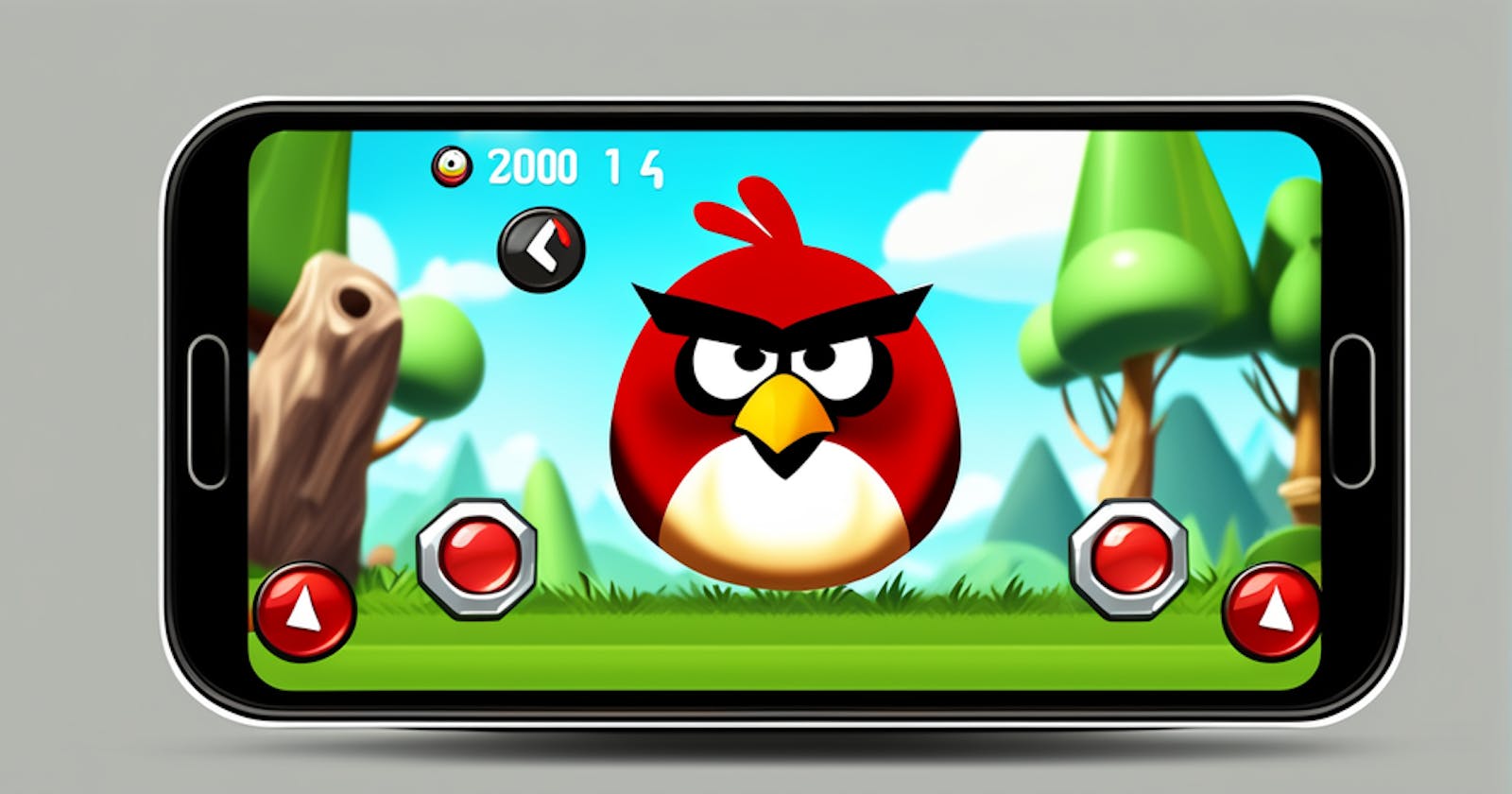Mobile app haptic feedback design

Haptic feedback is a type of sensory feedback that uses vibrations and force to provide tactile sensations to the user. It is commonly used in mobile apps to confirm user actions, provide feedback on game events, and create immersive experiences.
Well-designed haptic feedback can improve the overall user experience of a mobile app by making it more responsive, engaging, and enjoyable to use. It can also help to reduce the need for visual and auditory feedback, which can be useful in situations where the user needs to be able to focus on other things.
Why is it important
Haptic feedback is an important part of mobile app design because it can help to improve the user experience in a number of ways. For example, haptic feedback can help to:
Confirm user actions: Haptic feedback can help to confirm to users that their actions have been registered by the device. This can help to reduce errors and improve the overall user experience.
Provide feedback on state changes: Haptic feedback can be used to provide users with feedback on state changes in the device, such as when they receive a notification or when their battery is running low. This can help users to stay informed about the state of their device without having to constantly check the screen.
Enhance accessibility: Haptic feedback can make mobile devices more accessible to users with disabilities, such as vision impairments. For example, haptic feedback can be used to provide users with feedback on where they are on the screen or to indicate which button they are pressing.
Different types of haptic feedback
There are two main types of haptic feedback:
Vibration feedback: Vibration feedback is the most common type of haptic feedback. It is created by a motor that vibrates the device. Vibration feedback can be used to create a variety of effects, such as short taps, long buzzes, and complex patterns.
Force feedback: Force feedback is created by a motor that applies force to the device. Force feedback can be used to create a variety of effects, such as simulating the feeling of pressing a button or the recoil of a gun.
How to implement haptic feedback in mobile apps
The specific steps required to implement haptic feedback in a mobile app will vary depending on the platform and the development framework being used. However, some general steps can be followed:
Identify the actions in your app where you want to use haptic feedback.
Choose the type and intensity of haptic feedback that you want to use.
Implement the haptic feedback using the appropriate APIs.
Test the haptic feedback to ensure that it is working as expected.
Tips for designing effective haptic feedback
Here are some tips for designing effective haptic feedback:
Use haptic feedback to confirm user actions: Haptic feedback is a great way to confirm to the user that their action has been registered. This is especially useful for actions that do not have immediate visual feedback, such as tapping on a button or swiping a slider.
Use haptic feedback to provide feedback on game events: Haptic feedback can be used to provide feedback on game events, such as hitting a target or being damaged by an enemy. This feedback can help to create a more immersive and engaging gaming experience.
Use haptic feedback to create sensory cues: Haptic feedback can be used to create sensory cues that help the user to navigate the app or to perform actions more accurately. For example, you could use haptic feedback to provide feedback on the direction in which the user is swiping or to indicate whether they are close to a target.
Use haptic feedback consistently: The type and intensity of haptic feedback should be consistent for similar actions throughout the app. This helps to create a sense of familiarity and predictability for users.
Test your haptic feedback: It is important to test your haptic feedback thoroughly to ensure that it is working as expected and that it is not annoying or distracting to users.
Real-world examples of effective haptic feedback in mobile apps
Here are some real-world examples of effective haptic feedback in mobile apps:
The iOS keyboard: The iOS keyboard provides haptic feedback when the user presses a key. This feedback helps the user to confirm that their key press has been registered and to avoid making typos.
The Google Maps app: The Google Maps app provides haptic feedback when the user navigates a route. This feedback helps the user to stay on track and to avoid missing turns.
The game "Angry Birds": The game "Angry Birds" provides haptic feedback when the user launches a bird. This feedback helps the user to aim and fire the bird more accurately.
The Apple Watch's digital crown: The Apple Watch's digital crown uses haptic feedback to provide users with feedback on when they are scrolling or rotating the crown. This helps to improve the usability of the digital crown and makes it easier for users to navigate through watchOS.
Conclusion
Haptic feedback is a powerful tool that can be used to improve the overall user experience of mobile apps. By following the principles and tips outlined in this article, you can design effective haptic feedback that will make your app more responsive, engaging, and enjoyable to use.
And that's it for today 🫡. See you soon in the next article. Until then, keep developing solutions and solving problems.
 Develop and Solve
Develop and Solve